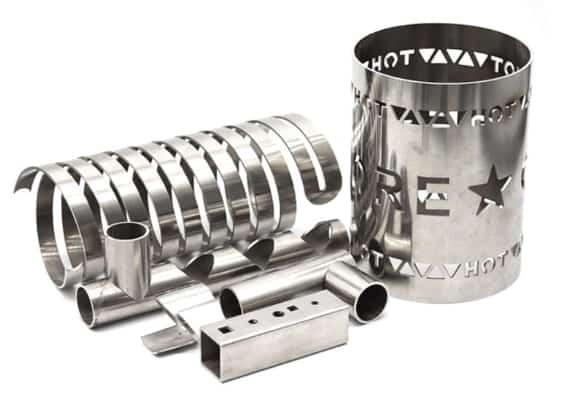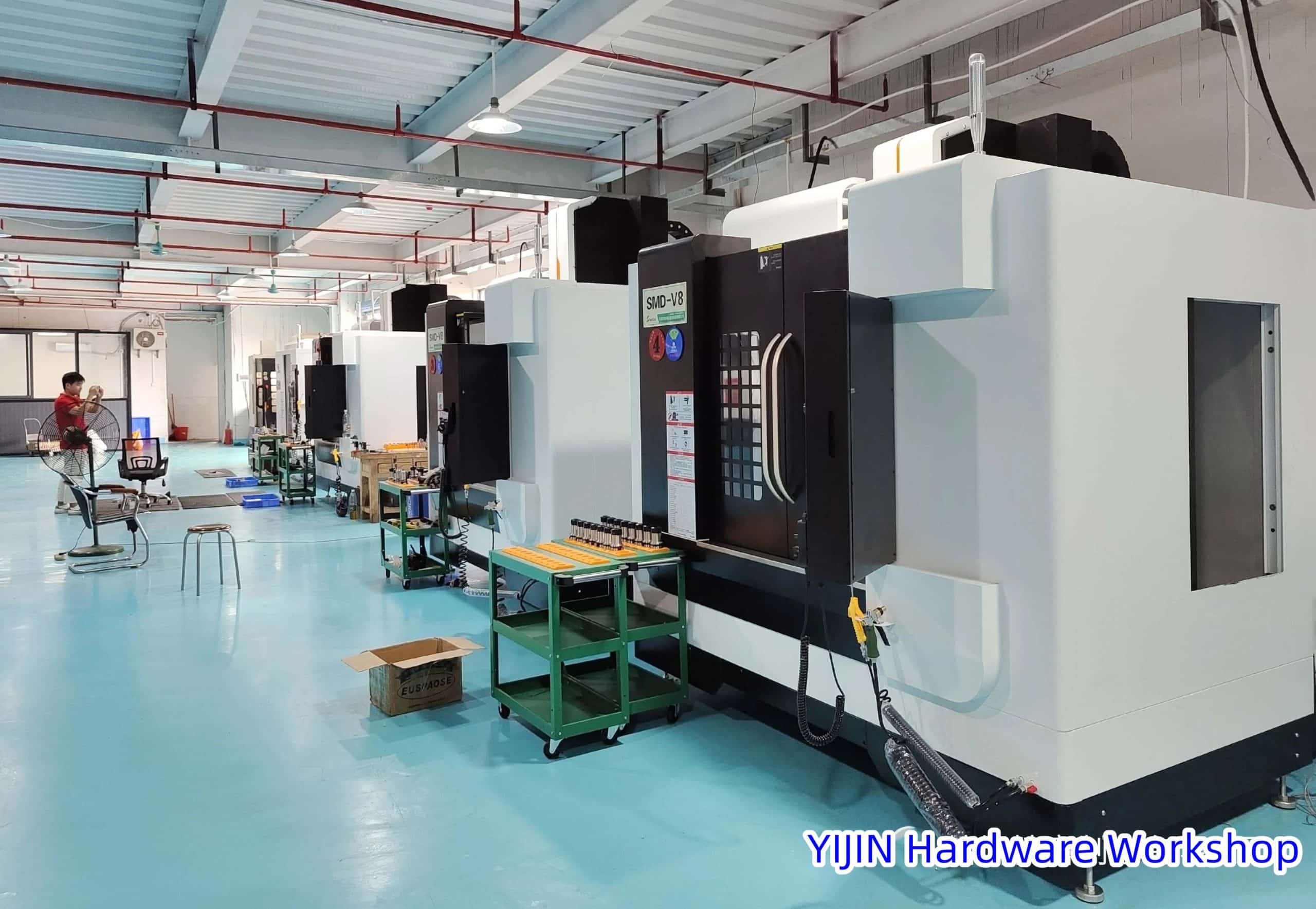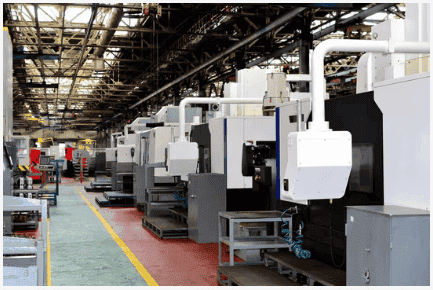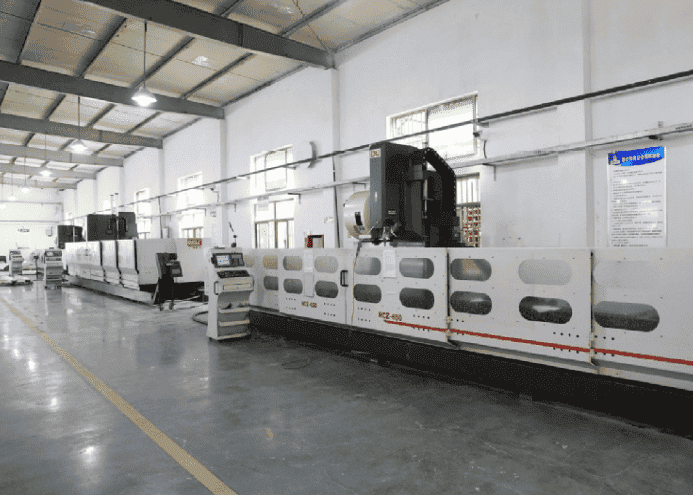Have you ever wondered how manufacturers transform solid metal surfaces? Metal engraving is the answer! This article will explore this intricate and fascinating process, delving into laser technology, its advantages, and its limitations.
We’ll also provide helpful tips to ensure your finished product has the perfect finishing touch it deserves. Come with us on a journey as we uncover classical methods of metal engraving – from aluminum to titanium beams.
What Is Metal Engraving?
Metal engraving is a highly-versatile process of creating intricate designs on metal surfaces. From the automotive and medical industries to energy, aeronautics, and jewelry making – laser-engraved parts are used everywhere for their superior marking capabilities.
Thanks to this technique, you can make your products stand out with personalized logos or texting, be it serial numbers, codes, graphics – anything one might think of.
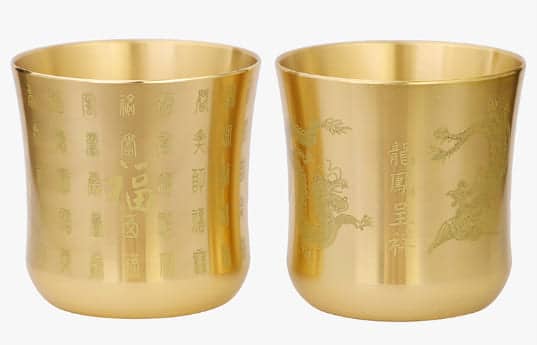
How Does Metal Engraving Work?
Metal engraving is a process that involves creating a design or pattern on the surface of a metal object. It can be done by hand using specialized tools or with the aid of a machine.
The process involves removing metal from the surface of the object to create the desired design.
There are several methods that can be used to engrave metal, including:
- Hand engraving: This is a traditional method that involves using hand-held tools to carve the design into the metal. The most common tool used for hand engraving is a graver, which is a thin, pointed tool that is pushed into the metal to create the desired design.
- Rotary engraving: This method involves using a rotary tool, such as a router, to cut the design into the metal. The rotary tool is mounted on a machine and moves in a circular motion as it cuts into the metal.
- Laser engraving: This method involves using a laser to remove metal from the surface of the object. The laser is focused on a small area of the metal, vaporizing the material and creating the desired design.
Regardless of the method used, the process of engraving metal involves carefully controlling the depth and width of the engraved lines to create the desired design.
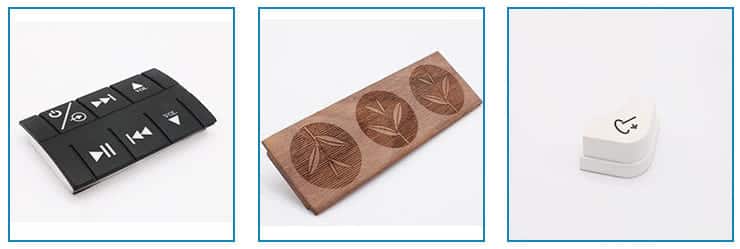
What Kind Of Metal Can Be Engraved?
Most metals can be engraved to some degree, although some are easier to engrave than others. Some common metals that are frequently engraved include:
Aluminum
From industrial applications to glamorous trophies, aluminum is a versatile material perfect for creating almost any type of product.
With its ability to house bright and sharp engravings on even the rawest forms, using this metal has become an increasingly popular choice among engineers and designers alike.
No matter what your final project will be – from control panels to award plaques – you can rest assured that aluminum won’t let you down.
Engraving aluminum has never been easier, thanks to the compatibility of this metal with a variety of engraving technologies.
Not only can aesthetic designs be produced quickly and easily, but they are also incredibly durable, able to withstand high temperatures and surface treatments like shot blasting without suffering any damage.
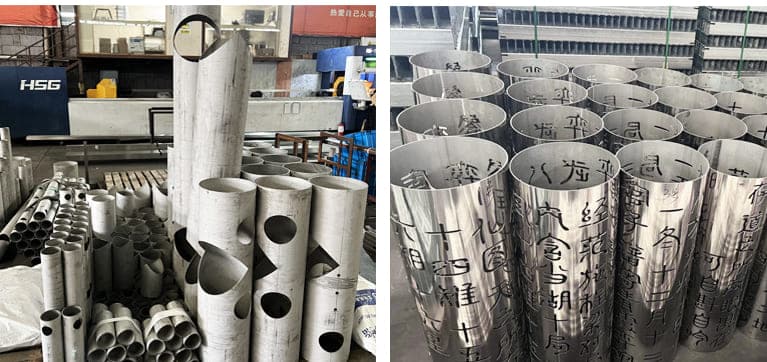
Stainless Steel
Although it is more difficult to engrave, stainless steel offers several advantages. The material is resilient, lasting even after being exposed to water and corrosion.
When working with stainless steel, a collet spindle is an indispensable tool. The increased stiffness of a collect spindle with a split collet allows for cleaner, deeper cuts with far less waste.
Cutting stainless steel with a laser engraving machine isn’t always a good idea since the laser can occasionally remove a protective coating. Therefore, laser annealing is used as a replacement by manufacturers.
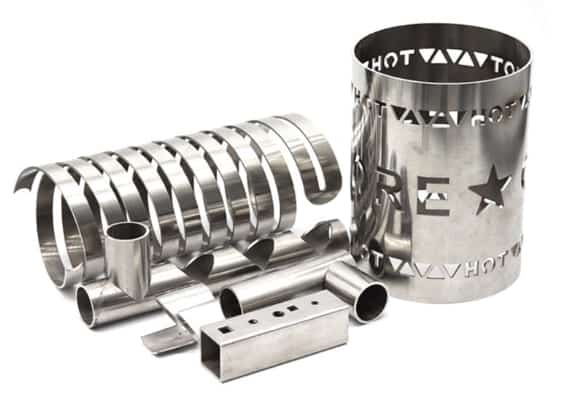
Brass
For engraving, “engravers brass” is a term referring to a soft, widely accessible metal. Industrial brass has a thickness and a hardness that make it difficult to engrave.
Thick brass, between 0.040 and 0.060 inches, works best for intricate engraving. For the greatest results when engraving on this metal, it is recommended that you fill the engraving with paint.
Silver, Gold, and Pewter
These metals are rather soft and simple to saw. They work wonderfully in most engraving applications, including jewelry customization, and make for excellent gift presents.
The greatest outcomes can be achieved when dealing with these materials by using a diamond-drag engraving technique. It is possible to create deep cuts in these materials using the same equipment as for cutting brass. Cutting fluids are not often necessary while working with silver, gold, or pewter.
Metal Engraving Types
There are four main types of metal engraving: hand engraving, machine engraving, laser engraving, and chemical etching. Let’s take a closer look at each one in turn.
Hand Engraving
Hand engraving is the oldest form of metal engraving and is still practiced today. This method utilizes manual tools such as chisels to cut intricate designs into the surface of the metal.
Due to its labor-intensive nature, hand engravings tend to be quite expensive but they can also be highly detailed and precise. Hand-engraved pieces often feature ornate patterns or calligraphy that would be difficult or impossible to achieve with other methods.
Machine Engraving
Machine engraving uses an automated tool called a pantograph to cut out intricate patterns in metal surfaces.
The tool follows a pattern that has been programmed into it, so this method allows for mass production with consistent results every time. Machine engravings can be quite detailed, but they tend to lack the precision and finesse achieved by hand-engraved pieces.
Laser Engraving
Laser engravings are made using focused beams of light rather than physical tools like chisels or pantographs.
Laser beams are extremely precise and can produce incredibly intricate details without sacrificing accuracy or consistency across multiple pieces.
While laser-engraved items tend to cost more than those created with other methods, their clean lines and exacting details make them desirable for many applications, including jewelry making and medical device manufacturing.
Chemical Etching
Chemical etching is an alternative to traditional forms of metal engraving that uses acids or chemicals to remove material from the surface of the metal piece being etched upon in order to create a design or pattern on it instead of removing material directly with tools like chisels or lasers like in the other processes mentioned above.
Chemical etching offers excellent detail while producing less waste than other methods since only minimal amounts of material need to be removed during the etching process itself, which makes this type of marking particularly suitable for smaller parts.
Even small amounts of wasted material could have significant impacts on costs or performance, such as electronics components or very tiny mechanical parts like watch gears where several hundredths of a millimeter could already make a difference in how accurately they fit together with other parts inside an assembled device.
Laser Engraving vs. Laser Etching: What Are the Differences?
If you’re considering using laser engraving or etching technology for your next project, you may be wondering what the difference is between these two processes.
Both terms are often used interchangeably, but they do have some distinct differences that should be taken into consideration when it comes to selecting the right process for your needs. Let’s take a look at how laser engraving and etching differ from each other.

The Process of Laser Engraving
Laser engraving is a subtractive manufacturing process that uses a high-powered laser beam to cut away material from a workpiece. It involves using a computer-controlled laser to create detailed designs in materials such as wood, metal, glass, plastic, paper, and leather.
The depth of the cuts can vary depending on the material being worked with and desired outcome.
Engraved surfaces tend to be smooth compared to etched surfaces due to their precise nature. Additionally, laser engraving can produce very intricate patterns and designs that wouldn’t otherwise be possible with traditional methods such as hand carving or sandblasting.
The Process of Laser Etching
Laser etching is also a subtractive manufacturing process, but it involves using an even lower-powered beam than what is utilized in engraving. This process works by burning off layers of material one at a time, creating an etched texture on the surface being worked with.
Laser etching tends to produce much less precise results than laser engraving but can still create beautiful designs due to its ability to add depth and texture to materials such as wood, metal, and glass.
This method is generally used for decorative purposes rather than precision applications due to its lower level of detail compared to engraving.
Conclusion
As you can see, there are both similarities and differences between laser engraving and etching processes.
When deciding which one is best for your project, it’s important to consider factors such as budget constraints, desired outcomes, and the type of material being engraved or etched upon.
In general, if you need detailed results that are clear enough for precision applications, then opt for laser engraving, whereas if you’re looking for more creative effects, then choose laser etching instead.
No matter which process you decide upon, however, both offer amazing opportunities when it comes to personalizing items or creating unique artwork! With the help of lasers, anyone can turn simple materials into works of art.
FAQs
How Much Does Laser Engraving Cost?
The cost of laser engraving depends on several factors, including the number of items being engraved and the complexity of the design.
Generally speaking, it’s best to expect around $1-$3 per minute, depending on the material and complexity of the design when using a mid-level 30-watt machine.
However, some shops may charge by the hour or offer discounts for larger volume orders, so it’s always best to ask ahead of time.
How Long Does It Take To Complete An Engraving Job?
This depends on both the size and complexity of your design as well as how well-suited your project is to the capabilities of your particular laser engraver. A simple job should take less than 30 minutes, while a more complex job can take up to several hours to complete.
Some projects even require multiple passes with different settings in order to achieve optimal results, which will also add extra time to your timeline.
Are There Any Safety Concerns With Laser Engraving?
Yes! Always use caution when working with any type of machinery that produces heat or power tools, like a laser engraver.
Wear protective goggles at all times when operating any type of machinery, and make sure that you follow all safety instructions provided by your equipment manufacturer closely to avoid any accidents or injuries.
 Call Us Today! (+86) 188-2253-7569
Call Us Today! (+86) 188-2253-7569